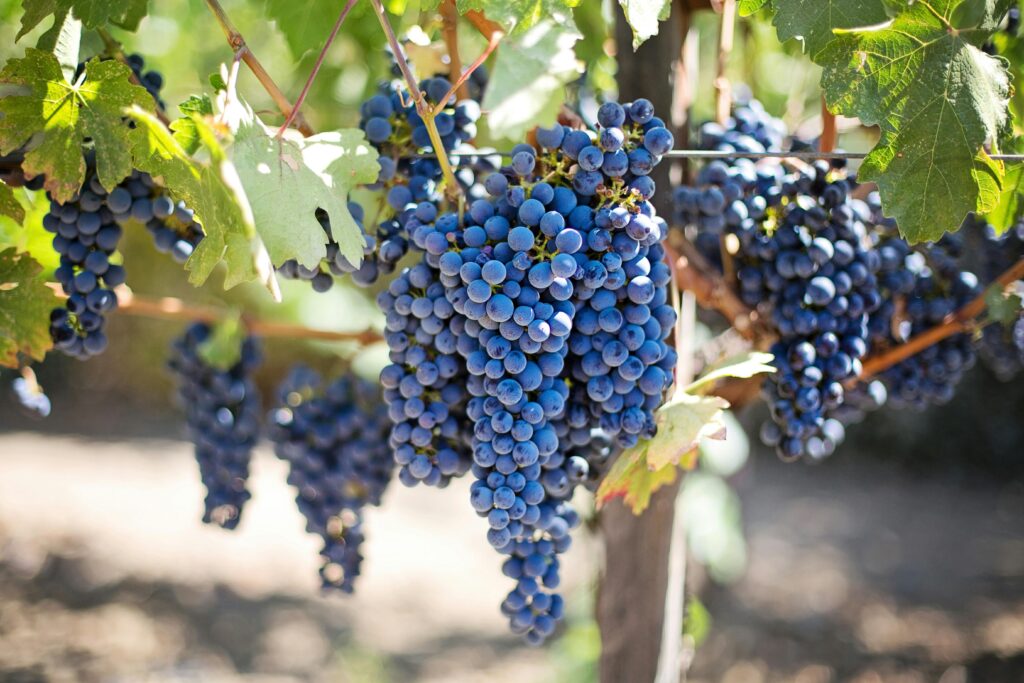Wine has always been more than just a drink—it’s a product of the land, the weather, and the delicate relationship between nature and tradition. For centuries, grape growers have depended on stable seasons and predictable temperatures to create the world’s favorite wines. But today, climate change is disrupting that balance. Rising temperatures, extreme weather, and shifting climates are reshaping the global wine industry in ways that were once unthinkable.

In many classic wine-producing regions such as France, Italy, and Spain, temperatures have been rising steadily. Warmer weather is causing grapes to ripen more quickly than they used to. This might sound good at first, but it often leads to higher sugar levels in the grapes, which creates wines with more alcohol and different flavor profiles. Wines from regions like Bordeaux or Chianti are beginning to taste noticeably different than they did even just 20 years ago. The balance of acidity, sweetness, and aroma is changing—sometimes too quickly for winemakers to adjust.
At the same time, areas that were once considered too cold for vineyards are now becoming new wine-growing regions. Countries like England, Belgium, and even parts of Scandinavia are now producing high-quality wines, particularly sparkling ones. In fact, English sparkling wines have won several international awards in recent years, something that would have been rare in the past. Climate change, while damaging to some traditional regions, is opening doors in unexpected places.
However, climate change is not just about warmer weather. It also brings more extreme and unpredictable conditions. Grape growers are now dealing with spring frosts that arrive after early budding, heavy rains during harvest time, long droughts, and even wildfires. In France in 2021, a sudden frost destroyed nearly one-third of the country’s grape production. In California, wildfires have burned vineyards and left a smoky taste in the grapes that survived. These events are not only costly but also deeply emotional for winemakers who spend years caring for their vines.
To survive, many winemakers are starting to adapt. Some are planting new grape varieties that are more resistant to heat and drought. Others are moving their vineyards to higher altitudes, where it’s cooler, or adjusting the timing of their harvest to match the new climate conditions. These changes aren’t easy, especially for regions with long-standing traditions and strict wine laws. In Bordeaux, for example, it took centuries for the rules to allow even the smallest change in grape types. But now, due to climate pressure, the region has officially approved six new varieties that can handle warmer temperatures and shorter growing seasons.
There is also a growing focus on sustainability within the wine industry. Wineries around the world are beginning to adopt eco-friendly practices such as using solar energy, reducing water waste, and avoiding synthetic chemicals. Some are aiming to become carbon neutral, meaning they take steps to reduce or offset the carbon dioxide they release into the environment. These efforts are not only good for the planet, but they also attract younger consumers who care about where and how their wine is made.
Still, the path forward is not simple. Smaller vineyards, especially those in poorer regions, may not have the money or resources to make big changes. Wine is a business, but it’s also a tradition, a lifestyle, and a cultural symbol. As the climate continues to shift, winemakers will need to balance innovation with tradition, staying true to their heritage while finding new ways to protect their crops and adapt to the future.
In the end, the story of wine and climate change is still being written. What is certain is that winemakers, scientists, and nature itself are all playing a part in shaping what the wine world will look—and taste—like in the years to come. Whether you’re a winemaker, a wine lover, or simply someone who enjoys a glass with dinner, climate change is already in the bottle.